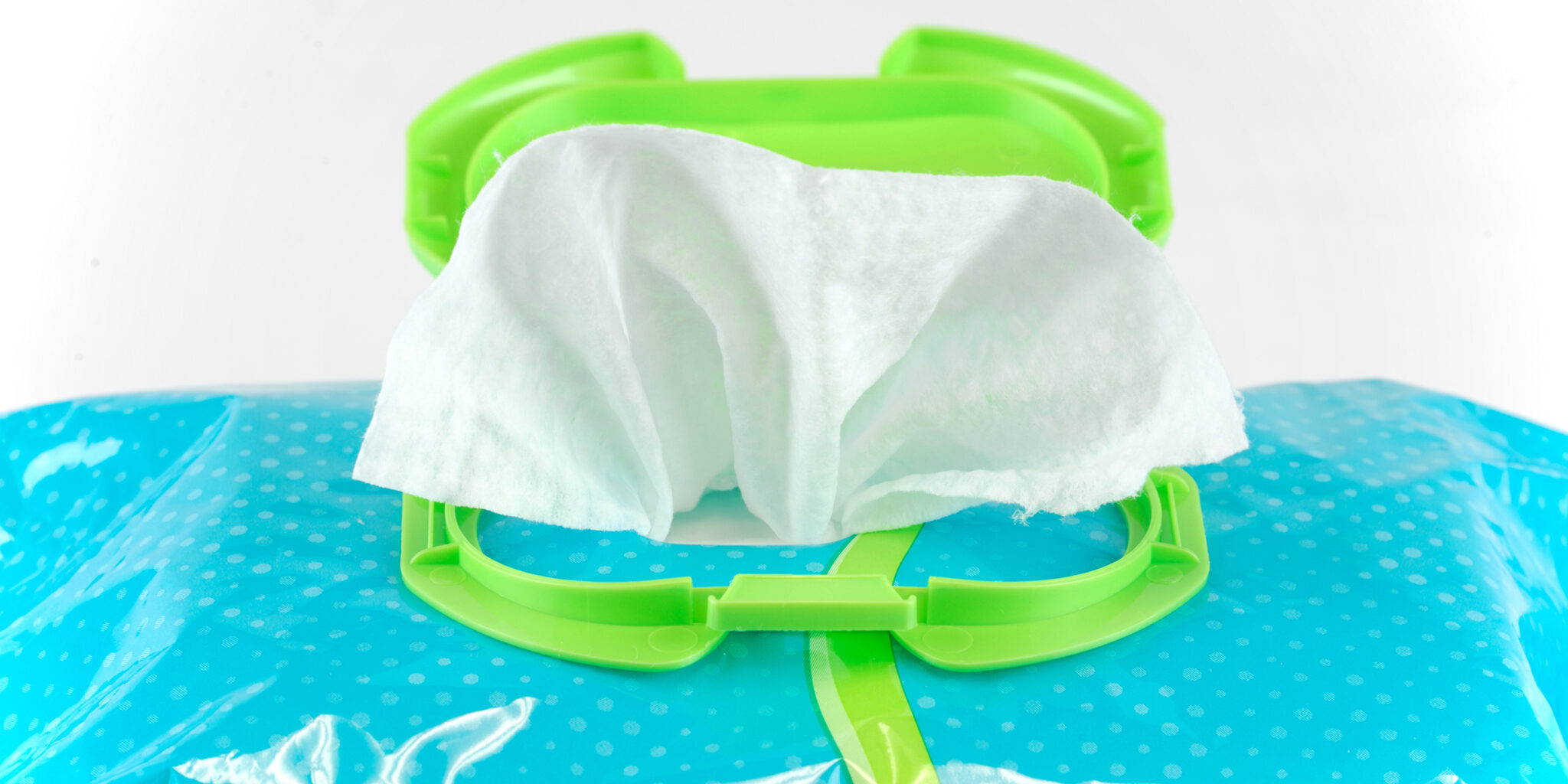
Are Wet Wipes Flushable?
Wet wipes today come with a label that says “flushable,’’ but are they? Well, that’s what we’re here to find out.
Most homeowners unknowingly flush baby wipes and cleaning wipes down the drain, thinking they won’t cause any problem. What’s more, seeing one or even two of them make it past the toilet gives them the confidence of continuing doing this.
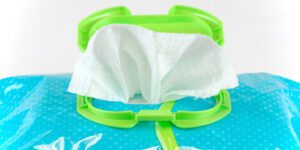
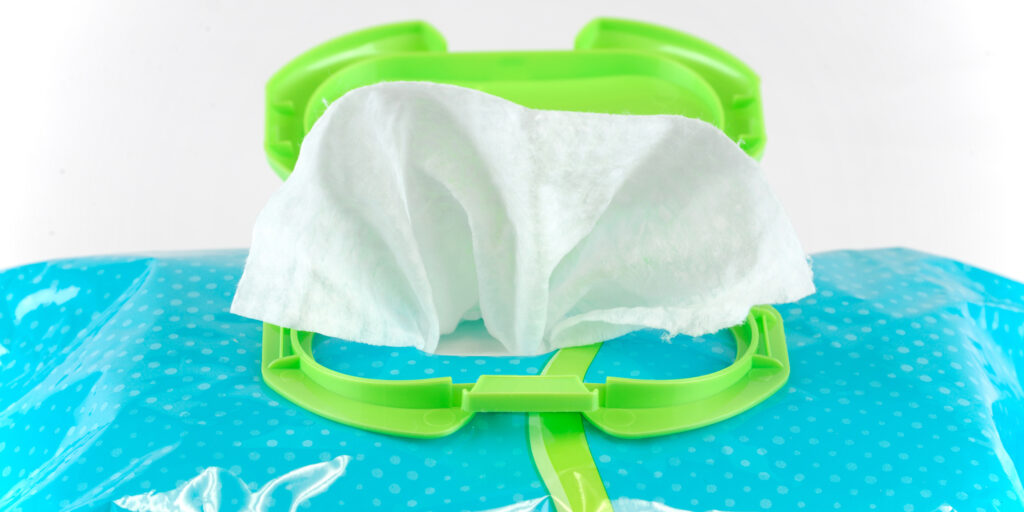
As such, the number of wipes going down the sewer lines multiply. But that’s not really good for the system now, is it? That’s why we’ve come forward with this guide.
So, are wet wipes flushable? We’re here to address this concern once and for all.
Why Shouldn’t Wet Wipes Be Flushed Down The Drain?
Reasons For Not Flushing Wet Wipes
Let’s start by answering the most important question, forming the basis of our guide – can wet wipes be flushed? Well, the short and straightforward answer is no. You shouldn’t flush wet wipes or any other disposable wipes.
The reason for this is simple. Wet wipes are designed to retain water, and their strength allows them to remain intact for a long period of time. So, if they go down your wastewater or drainage system, there’s a high possibility of clogging.
In fact, flushing many wipes will eventually back up the sewer system, obstructing the flow of water. You’ll then have to get it cleared out using a high-pressure jet blaster, which can be a costly affair as it has to be carried out by a professional plumber.
Now, to give you a better understanding of why they shouldn’t be flushed, we’ve highlighted a few points that demonstrate how they are environmentally unsustainable.
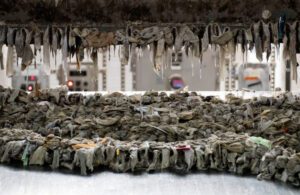
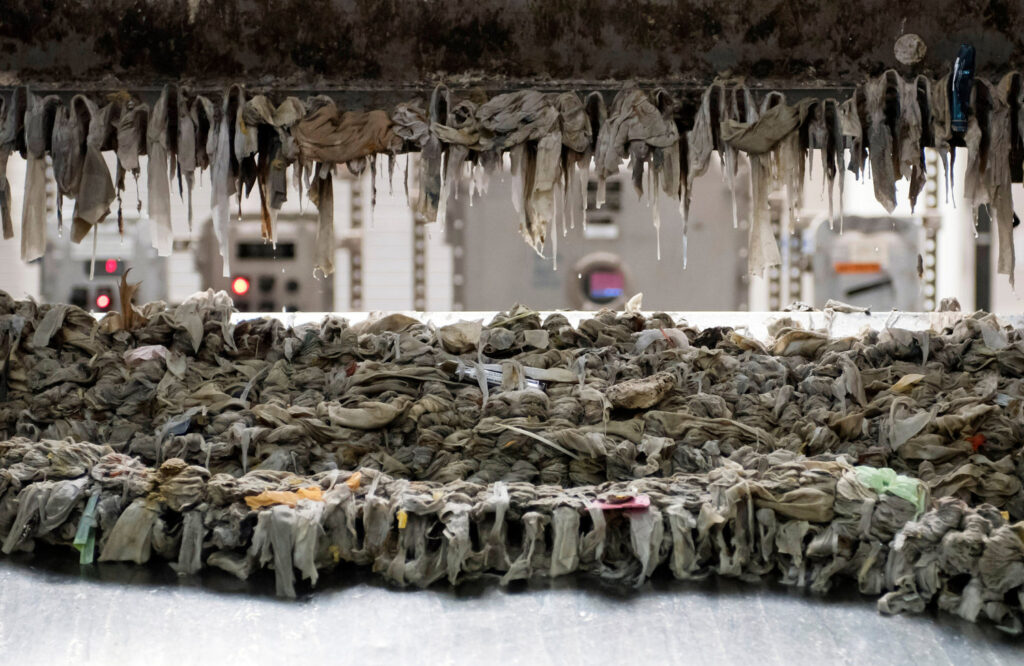
1. Non-Woven And Non-Natural Materials
Do you know what wet wipes are made of? They are designed from non-woven materials bonded together with resins and chemicals at high pressure, making them difficult to break down. And even while most microfibres are removed during the wastewater treatment process, the white plastic fibres entering our waterways might not get detected.
Furthermore, being non-recyclable, they eventually lead to an increased amount of landfill waste.
2. Durability
Owing to their fibrous materials, wet wipes are extremely durable. As a result, they are usually the main components of fatberg (a rock-like mass of waste found in sewer systems).
3. Non-biodegradable
Not only do wet wipes take hundreds of years to break down, but they also end up in the ocean if not disposed of correctly. Consequently, they might be ingested by marine life, thereby entering the food chain.
What Can Be Flushed Down The Drain?
It’s a strict no when it comes to flushing wet wipes down the drain. However, you can flush biodegradable materials like toilet paper as these are specifically designed to break down once wet.
The only stuff that can be safely flushed down the drain are materials that are safe for the environment and your plumbing line. If you ask us – human waste, water, and paper are the only elements that are safe to flush.
Even in kitchens, certain products like vegetable oil are not safe for your pipeline. This is because it’s very thick in consistency, and once it cools down, the oil might harden and get stuck to the pipe walls. As a result, you’ll be left with a foul odour coming from your kitchen drainage system.
The same rule applies for bathrooms; avoid flushing hair and soapy products down the sink or drain as they can potentially cause drain blockages. And your clogged drain or sink might affect the other areas of your home and plumbing line.
Flushable Wet Wipes Vs. Toilet Paper
We’ve already mentioned that toilet paper is among the few materials that are safe to flush. But what about the wet wipes labelled “flushable?’’ Well, they aren’t similar to toilet paper.
Paper towels, “flushable” wet wipes, and feminine hygiene products can take weeks or even months to dissolve. As such, you might end up with a clogged sewer backing up into your home. On the contrary, even the thickest varieties of toilet paper can dissolve within minutes.
Moreover, if the wet wipes make it through your sewer system without causing any problem, they might cause issues after reaching the sewage treatment plant. The fibrous materials of the wipes may overheat or damage the industrial-grade pumps.
And whenever that happens, you as a taxpayer will have to bear the repair or replacement costs.
Should You Trust The “Flushable” Label?
Coming to another crucial section of this guide, let’s now deal with the concept of flushable wet wipes in a bit more in detail. Should you trust the brands and manufacturers labelling their products as “flushable?” Well, these wet wipes are usually less fibrous and stringy than the others, so they’re less likely to cause drain blockages and other problems.
Certain manufacturers also provide false labels and misleading branding just to promote their products; their claims might be far from the truth. So, it’s best to refrain from flushing these wipes to prevent burning a hole in your pocket in the future.
In case you do flush them, ensure they have undergone water industry tests for being safe and flushable. Remember that in order for wet wipes to be flushable, they need to meet INDA and EDANA testing standards.
How Should You Dispose Of Wet Wipes?
Now that we’ve ascertained that wet wipes are not flushable, it’s time we shared some insight on their disposal process. That being said, the best way to dispose of wet wipes is by throwing them in the trash after use.
This will not only prevent drain and sewer system blockages but will also protect the oceans and marine life. Just make sure you wash your hands thoroughly after disposal.
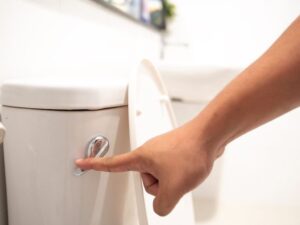
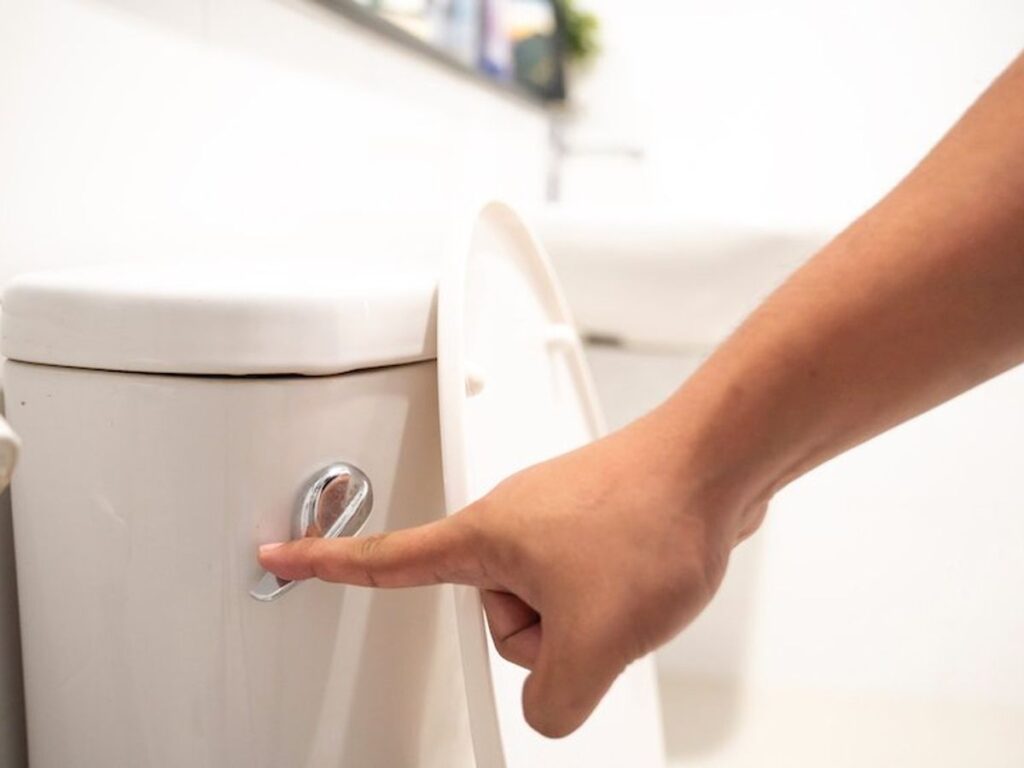
How To Unclog A Blocked Sewer Drain?
Your drainage system might get blocked, depending on how often you’ve flushed wet wipes and other non-biodegradable products in the past. In this section, we’ll highlight a few steps to unclog blocked sewers.
1. Run Hot Water Through Your Pipes
Check whether or not you have a partial clog by flushing your toilet. If the water is still draining down the sink or toilet, you’re probably in luck. In such a scenario, simply allow hot water to run through your pipeline for 5 to 10 minutes to break up or dissolve the clog. In fact, you should do this once a week as a preventive measure to avoid blockages.
2. Turn Off The Water Supply
If it’s not a partial clog, make sure you shut off the main water supply valve so that there’s no more water coming into your house. This will prevent you from flushing or running water down the sink and making the clog worse.
3. Locate The Sewer Cleanout
This is like the entryway to the main sewer line, which is located either in front of your home or somewhere nearby. After finding it, unscrew the cap and open it.
4. Use A Power Washer
You’ll need to buy or rent a sewer jet attachment from a hardware store. This resembles a long hose with a nozzle at one end. Now, take the other end and screw it to the trigger gun or spray wand of the power washer.
Next, slowly lower the nozzle at least one foot down into the sewer cleanout opening. The further you insert it, the better. Once that’s done, spray water into the drain, while lowering the hose so that the water makes its way through the entire sewer line to ultimately unclog it.
You’ll know that you’ve successfully unclogged the line when you hear the sound of water running through the pipes.
5. Clearing Clogs With Chemical Drain Cleaners
You can also use an oxidizing drain cleaner to unclog a blocked drainage system caused by wet wipes. However, pouring chemicals down your toilet or sink can be risky and may potentially damage your pipeline. That’s why it’s important to follow the instructions provided on the bottle closely.
Make sure you wait for at least 15 minutes before flushing the system with hot water after pouring the drain cleaner. Also, avoid using more than one kind of cleaners for unclogging your drain as it may cause a reaction.
Final Words
That brings us to the end of our guide. And we hope that you’ll refrain from flushing wet wipes down the drain after going through the above information.
Avoid trusting brands and products blindly as their labels can be misleading. And even if you do buy “flushable” wipes, make sure they’ve undergone rigorous examination to meet the required certifications and testing standards.
Unclogging a blocked drainage system can be a costly affair, so it’s best to stay on the safe side by disposing of wipes in the trash.
But in case you need to clear a clogged sewer line, drain cleaners or a power wash can help. Or, you may always reach out to a professional plumbing service to tackle the problem.
That’s all for now. But we’ll be back soon with more useful guides on related topics. Till next time!